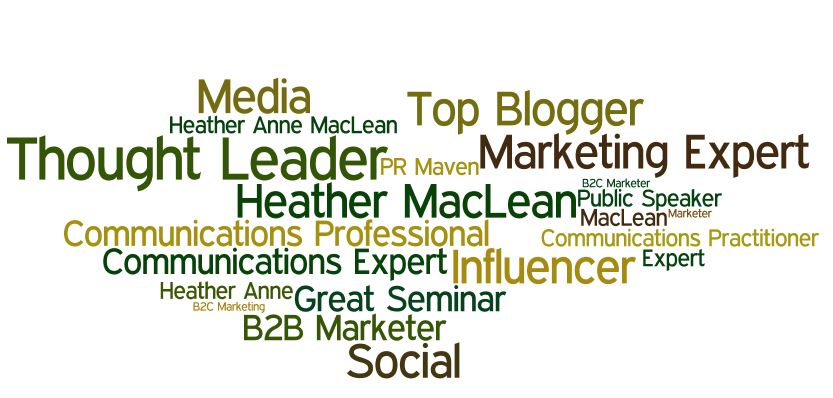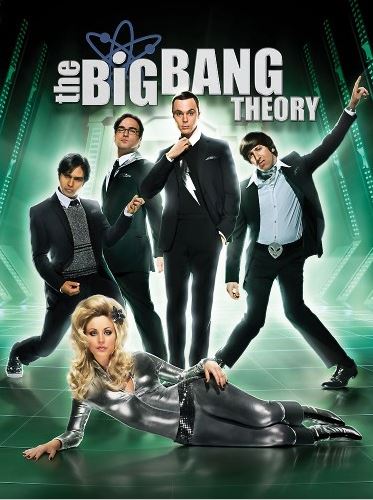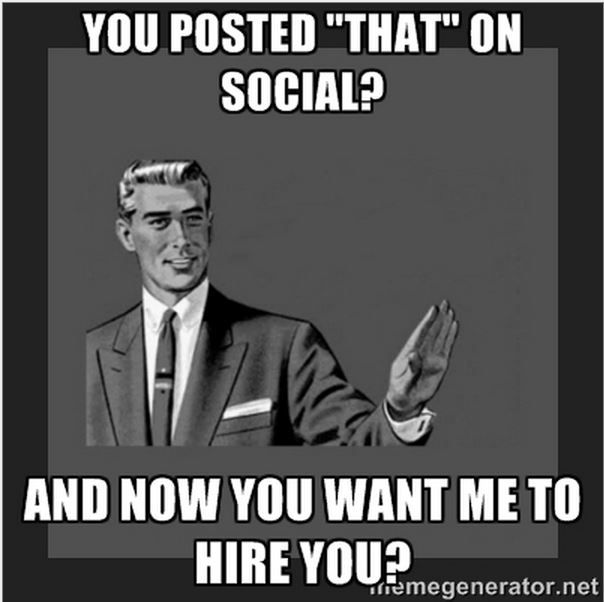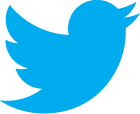5 Ways Small Business Can Leverage Social Media for Real-time Market Research
As a small business owner and a professional Marketing and Communications Practitioner, I know the value of market research. When I worked for large organizations, we often hired agencies to provide specialized research services. However, we smaller business owners just don’t have the luxury of the big budgets that the larger organizations enjoy. We also don’t have a lot of spare time. So, I wanted to share 5 really easy ways that small business can leverage social media for real-time market research:
1. Maximize your membership in existing groups like Facebook, Linkedin and blogs to gain valuable insight into what topics are hot. By being an active listener you can find emerging themes. You can learn quickly what, if any, conversations taking place about your brand.
For example, if you own a restaurant you can learn about trends that are happening in food preferences. If your customers and/or target market are discussing local organic foods as being important, you could start promoting the local fare that you have on your menu. Alternatively, there might be an event – perhaps a beer festival – that you would want to promote and create a menu pairing for the various types of beer being featured at the festival.
2. Use Twitter Lists to organize key stakeholders, customers and Influencers. Using lists saves time when you want to focus on specific information and/or people.
For example, if there is a specific vertical that you want to penetrate, make a list and add the people you see Tweeting on the topic. You can then easily learn who is in that space.
3. Conduct Facebook surveys to reach out to your followers and ask them specific questions — keep the same questions so that you have consistent data. One of the benefits of doing this type of research versus a focus group is that neither the facilitator nor any other members of the focus group will unintentionally influence the participants. You can have your survey be anonymous or with a customer name attached to it.
For example, if you are uncertain about carrying a new product, you can ask your community. You can develop a simple questionnaire that you can send to all your followers/subscribers or those who have “Liked” your Brand Page. By reaching out to your customers you are demonstrating that their opinion matters. You are getting a first-hand account of what they think about the product.
For more information on how to set up your survey, visit Facebook’s survey page.
4. Use Pinterest to determine what photos are being pinned from your website. This can be an invaluable tool. Learn what is popular and by default, what is not. Learn what is resonating with your customers through your visuals.
It is quite easy to do: simply go to your browser and type: http://pinterest.com/source/YOURWEBSITEHERE.com/.
5. Use Twitter Hashtags to search and track relevant conversations. You can use hashtags to monitor conversations about competitors, different product lines, events and more. You can use existing hashtags or set up your own. They are simple to use.
For example, if you are hosting a user-group and you want to know what the buzz is both leading up to and during the event, you could create a hashtag specific to your event. Once you do this, be sure to share it with your organizers, sponsors, delegates, etc. It could be as simple as #CustomerSpeak2014. By simply searching your event hashtag, you can monitor all the chatter. If you notice a problem emerging, you can be proactive and take action. You can then share the solution using the hashtag, letting your delegates know that you were listening. You can also use the hashtag to monitor post-event conversations and use that intelligence for lessons-learned.
These are just five examples of how you can use social media for real-time market research. What are some other channels that you use and what have been your results?






